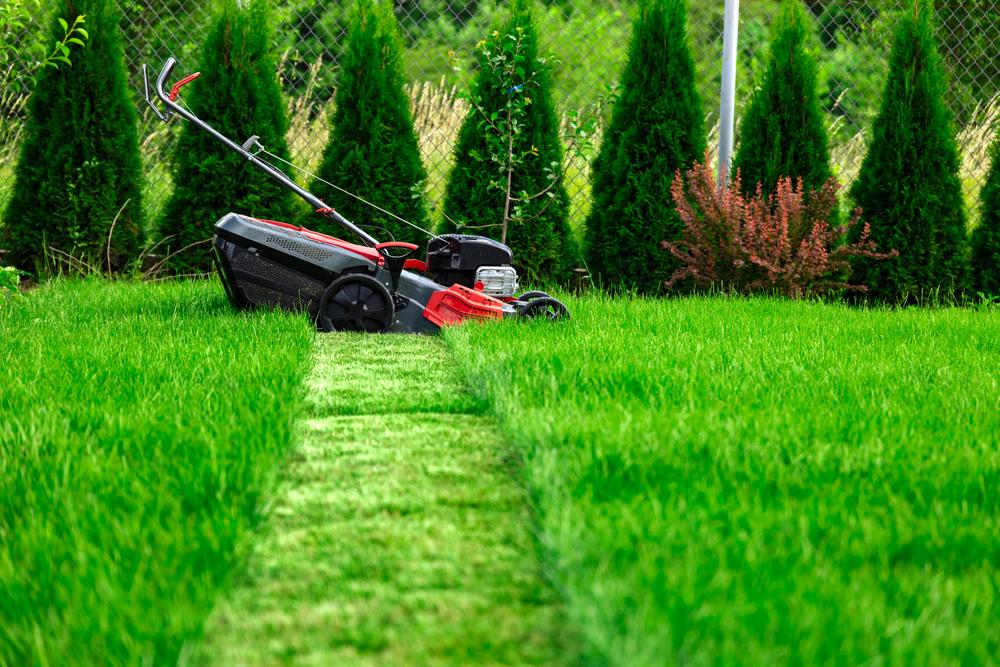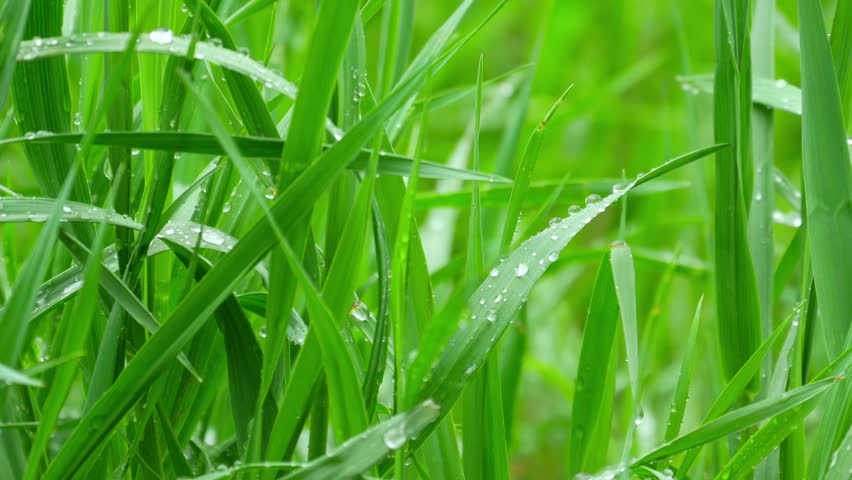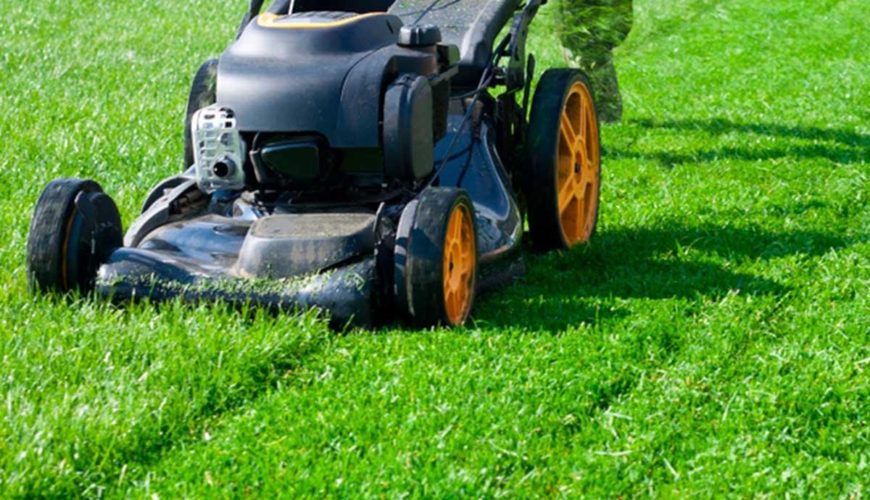Don’t mow the grasses right after a rainfall. We all hear this, but what if there is no other option? For instance, if you are providing lawn maintenance services and you are not available for the next few weeks. In other words, sometimes you cannot avoid the grass cutting sessions.
Today, we will discuss some of the tips that will boost the wet grass cutting. Later, we will also talk about some of the best petrol lawnmowers that are suitable to deal with such tasks.
Why you should not cut wet grasses?
Do you wonder why it’s not recommended to cut wet grasses? Well, let’s know some of the problems before we start talking about their remedies.
Wet grasses are not easy to cut. Also, they combine to make clumps that attach to the underside of your lawnmower. These clumps are damaging because they rot and might result in rust.
Next problem is while collecting the wet trims because it’s tough for a mower to blow all the wet grasses back to the rear box. When the grasses are wet, they tend to stick together and makes the blowing process even harder.
We can deal with the above-mentioned problems, so that you don’t have to wait for the grasses to dry. Instead, choose a mower that can deal with wet grasses and know what are the maintenance steps you can to keep it functional for long.

Take care of the standing water
You should never use an electric lawnmower under wet conditions. Don’t worry about the cylinder mowers as well, because they are not effective under such situations. You need high-quality rotary petrol propelled lawnmower with a powerful engine to tackle wet grasses.
Before you start cutting the grasses, it’s necessary to remove water from the lawn. One of the best ways is to siphon the standing water using a hosepipe. Fill a pipe with water and shut off its both the ends using valves. Make sure that the pipe is full of water without any air space.
Place one end of the pipe in standing water and other to the lowest ground possible. Open the valve from both the sides and you will see that all the standing water is gone. For faster processing, get the pipe to the lowest ground that’s possible in your lawn.
Squeeze the grasses
Once you remove the standing water, it’s time to squeeze the lawn before mowing its grasses. You might think it’s not helpful, but the reality differs. So, fill a hose pipe with water and drag it back and forth over the lawn. The heavy pipe will knock out all the water from lawn grasses, which will make their cutting easy and efficient.
You can also use a leaf blower to take out the extra water from the lawn grasses. If the grasses are long as well as wet, then you might face extra hassles while cutting them using a mower. So, it’s recommended to trim the grasses to a length that your mower can easily handle.

Helpful factors to cut wet grasses
So, now we have removed the extra water from all the grasses. However, we don’t have to forget that they are still wet up to some extent, which might be a problem. So, let’s discuss some of the helpful tricks and tips that will speed up the cutting process.
Height adjustment: Maximize the cutting height of your lawnmower before cutting the wet grasses.
Efficient overlaps: While cutting wet grasses, you need to overlap the first cut with the half of the lawnmower’s width. Following such a process will give more time to the mower so that it can easily transfer wet cuttings to the grass box.
Chute size: As we were discussing earlier, wet grasses are heavy and hence it’s tough for a lawnmower to move them into the grass box. The cut grasses travel through a chute to reach the grass box. To check the chute size of a lawnmower, you need to detach the grass box. Choose a lawnmower with a large-sized chute for a fast flow of grasses.
Takeaways
We have tried to share useful information on how to cut wet grasses. As we were discussing, you need to follow some of the tips and tricks to deal with wet grasses in a lawn. Choose a powerful mower with significant chute size if you don’t want to wait for the rainwater to dry. However, you should always avoid cutting damp or wet grasses.




